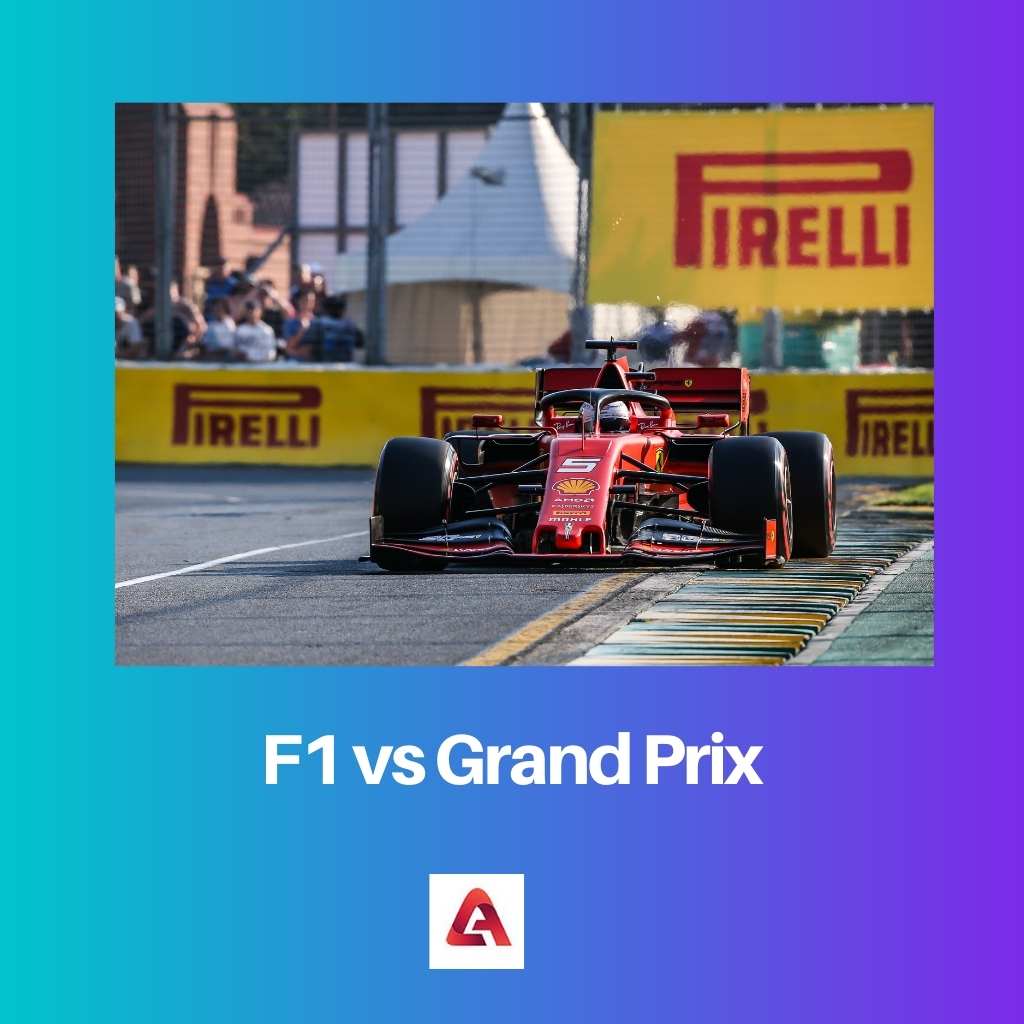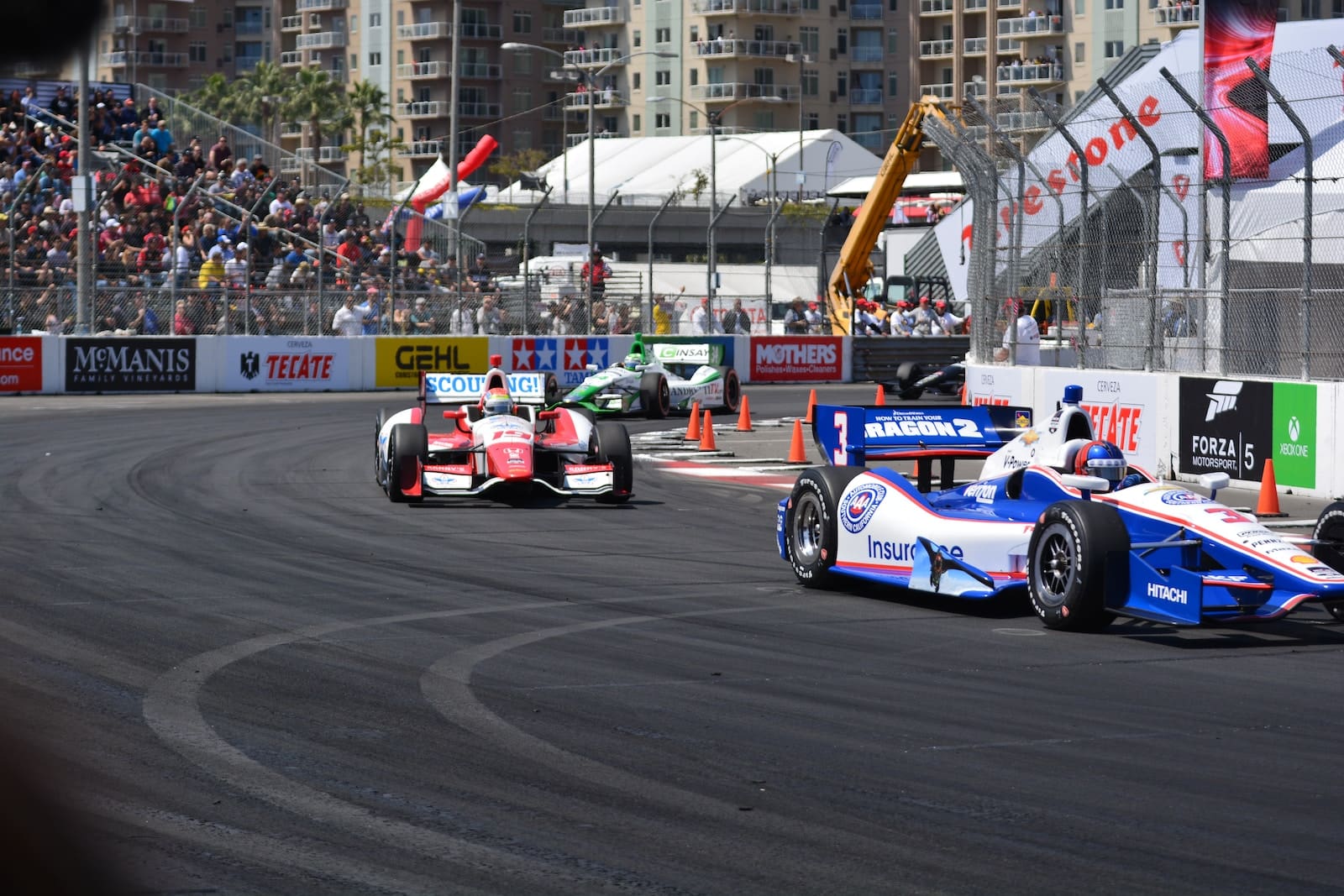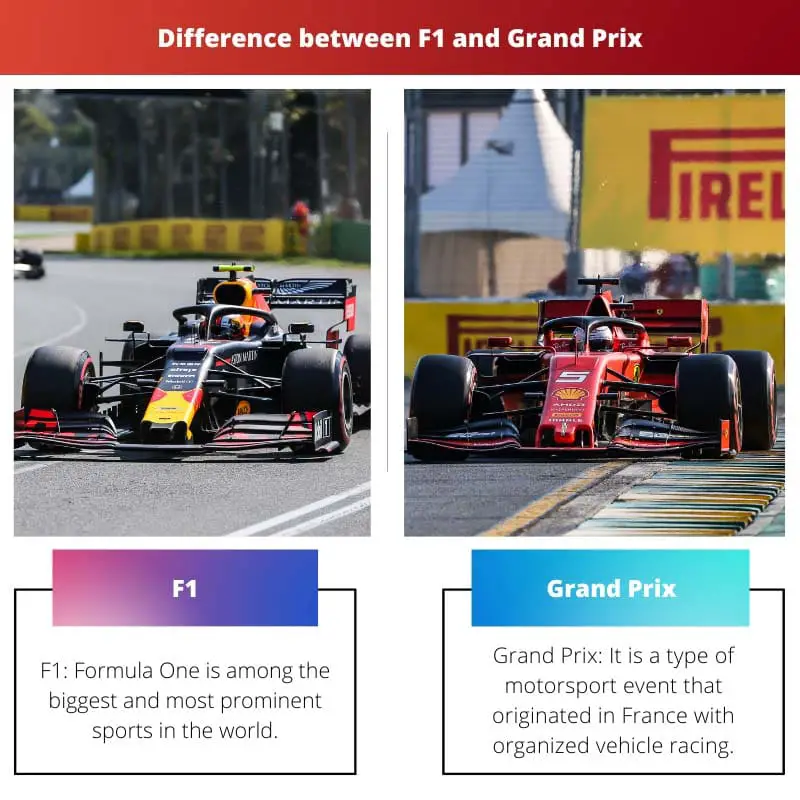In today’s modern world, the new variance of a racing car is being developed, which can challenge the speed of the wind. Several racing events are conducted by different organizations in different countries that encourage people to take part in motor racing and experience the thrill and adventure of this sport.
Among all those events, F1 and Grand Prix are the most prominent ones. F1 can be considered as the descendent of Grand, but both have unique differences that set them apart.
In this article, we will discuss the differences between these two events and find how they differ.
Key Takeaways
- F1, or Formula 1, is a global motorsport championship featuring open-wheel, single-seater race cars, while Grand Prix refers to individual races within the F1 championship.
- F1 is governed by the Fédération Internationale de l’Automobile (FIA), which sets the rules, regulations, and calendar, while a local promoter organizes a Grand Prix event and follows FIA guidelines.
- F1 determines the World Driver’s and Constructor’s champions based on points accumulated across various Grand Prix races throughout the season.
F1 vs Grand Prix
The difference between F1 and Grand Prix is that F1, referred to as Formula One, is the most renowned and well-known of all motorsports. It is the apex of single-seater motorsport. It all started in Turin, Italy, in the year 1946. On the other hand, a Grand Prix is a sequence of motor racing or motorcycle racing competitions performed in several nations following international regulations as part of a global champion’s league. It all started in France in the year 1906.

F1: Formula One is among the world’s biggest and most prominent sports. It is considered as the highest level of single-seater formula motorsport on the international level.
The Federation International de l’Automobile (FIA), is the sanctioning body for Formula One. Formula One began as the World Drivers’ Tournament in the United Kingdom on May 13, 1950.
Grand Prix is a type of motorsport event that originated in France with organized vehicle racing. It gradually progressed from simple town-to-town road races to automobile and driver toughness tests.
Speeds of more than 100 miles per hour were rapidly achieved, since early races were held on open routes, accidents were common, leading to the fatalities of both racers and onlookers.
Comparison Table
| Parameters of Comparison | F1 | Grand Prix |
|---|---|---|
| Starting in the year | 1950 | 1906 |
| Country of origin | The United Kingdom | France |
| The first event was won by | Alfa Romeo’s Giuseppe Farina | Ferenc Szisz |
| Also referred to as | Grand Prix racing | IndyCar |
| The first car to win the event | Alfa Romeo 158, | Renault |
What is F1?
F1 is the highest level of global racing for open-wheel single-seater formula racing cars authorized by the Fédération Internationale de l’Automobile (FIA) (FIA).
A Formula One championship is composed of Grands Prix events that occur all over the globe on purpose-built tracks and restricted public highways.
Origin of F1: The European Championships of the 1920s and 1930s were the forerunners of Formula One. All motorsports in Europe were halted during World War II. Post-World War II, few motor-racing lovers began racing automobiles. Formula One was established in 1946 as a set of rules that all participants must follow. The inaugural Formula One Grand Prix was contested in Turin in 1946.
Features in F1: As F1 is the most renowned car racing sport, some features and rules make racing more interesting and unique. Some of its features include:
1. Spanning left to right, each column lights up sequentially at a 1-second interval. After all five columns have been illuminated, they remain lit for a few seconds before being turned off all at once, and the race commences.
2. The event must be 305 kilometres long (260 kilometres in the case of the Monaco Grand Prix) and is described as “the least number of completed laps that surpasses 305 kilometres.”
3. Racing flags are employed in Formula One to give out numerous signals and indications to the racers, identical to those used in motorsports as well as other racing contests, such as the race start or finish, lap indication, adverse weather indicator, and so on.
4. Before the competition, each car must have a fully stocked tank. However, starting in the 2017 season, refuelling between races was permitted.

What is Grand Prix?
Grand Prix racing is a form of motorsport on restricted highways or other courses designed to simulate driving conditions.
Such racing began in 1906 and was considered the more famous type of motorsport in the second part of the twentieth century.
Origin of Grand Prix: The Automobile Club of France (CAF) hosted the first Grand Prix in 1906, which lasted two days and took place in June. The Le Mans track had an overall length of roughly 105 kilometres, and 32 drivers comprising 12 different automakers competed.
Ferenc Szisz (1873-1944), a Hungarian, was the first person to win the first event of the Grand Prix. The majority of the races took place on large circuits constructed by temporarily closed public roads rather than on racing courses designed particularly for competition.
Features of Grand Prix: Grand Prix is the term that was used in the motor racing championship in the olden days, now, it has evolved to different forms of racing.
However, in earlier times, the Grand Prix car racing had some features and rules that made them interesting and challenging, some of those features are as follows:
1. All competitors had a technician on board, and they were the only one who was allowed to fix or handle any issue on the car.
2. Companies make entries in the event with two or three vehicles, and the racers are all professionals.
3. The races were held on enclosed circuits with lap lengths ranging from 5 to 6 kilometres and overall distances ranging from 250 to 650 kilometres.
4. Speed has always been the primary goal in practically all types of racing, yet regulating bodies’ concerns about safety have prevented a constant increase in speeds.

Main differences Between F1 and Grand Prix
1. F1 racing originated from Grand Prix racing, while Grand Prix originated as a racing event in the olden days.
2. F1 was introduced much later than Grand Prix.
3. F1 is a word that refers to the cars that are the quickest, most aerodynamic, and most energy-efficient four-wheeled machines ever created, while the word Grand Prix was first used to refer to a country’s most important automotive race.
4. F1 is the top level of global race cars event for open-wheel single-seater formula racing cars whereas the Grand Prix is an elevated event in another discipline (such as boating) which is part of a season also: one of a range of global formula car races.
5. The term “Formula one” refers to the best formula. While the term Grand Prix means great prize.




